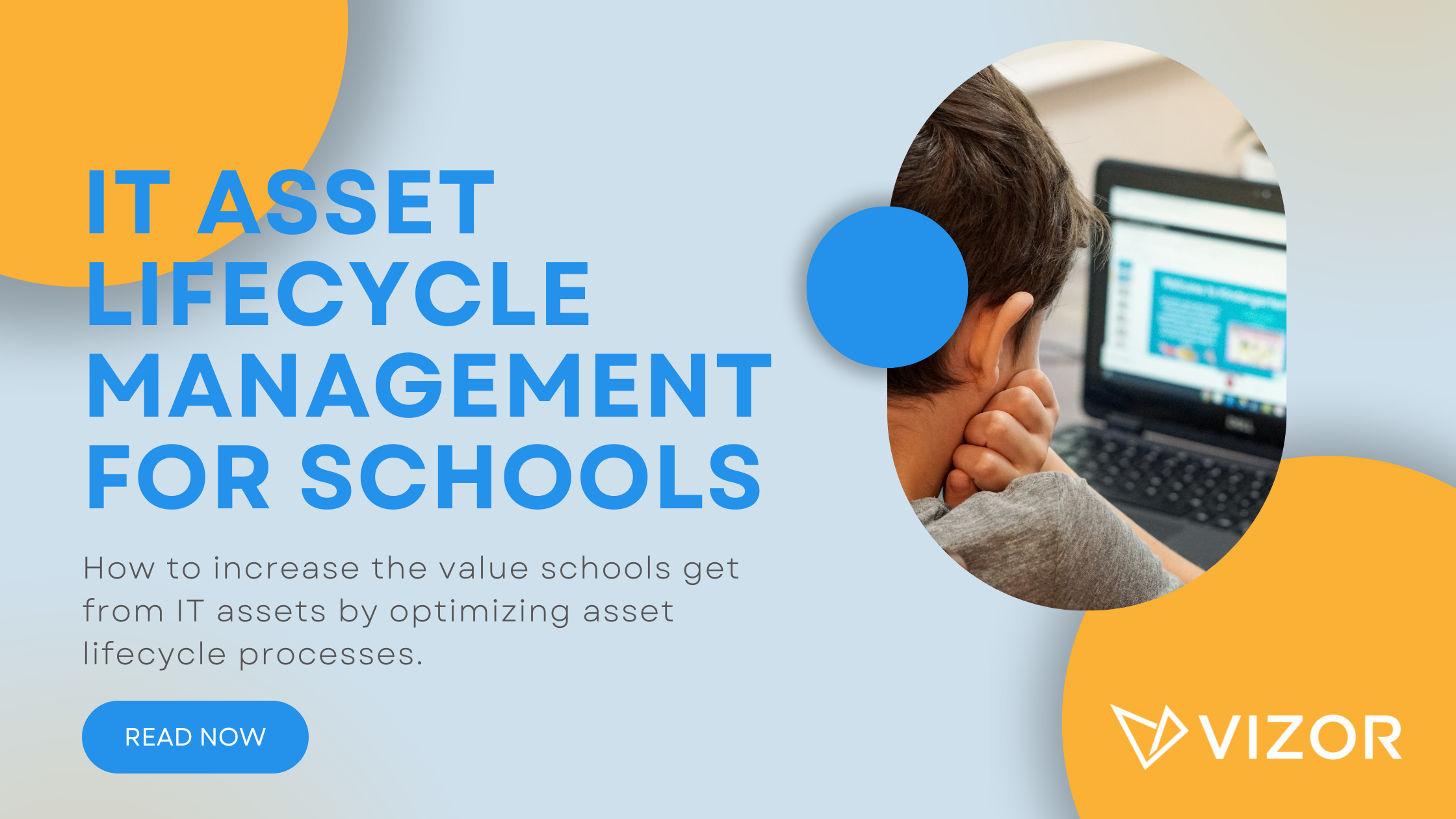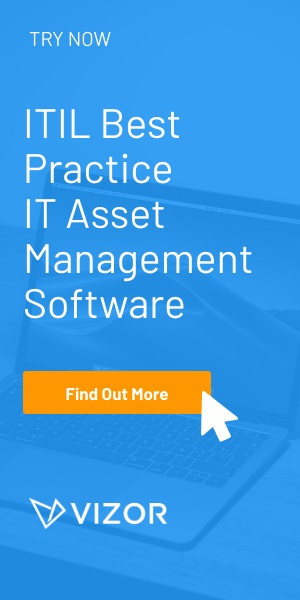6 Best Practices for IT Asset Management
As technology becomes an intricate part of business strategy, there’s no doubt that more organizations are looking to better manage their IT assets. As a result, IT Asset Management (ITAM) is becoming essential to current business processes and efficiency. However, ITAM is not like other IT projects. To demonstrate, let’s take a look at the following best 6 practices when applying ITAM.
-
ITAM is ongoing, not a project with a deadline
The first best practice when applying ITAM is treating it as an ongoing project. Unlike many IT projects, implementing ITAM in an organization does not have a deadline. It’s an ongoing project that requires regular assessment. This is because it intertwines with most, if not all, parts of the business. Furthermore, when treated as a continuous project, its assessment, updates, and changes seem less intrusive and more routine. Treating ITAM as an ongoing process also ensures that your firm does not abandon ITAM efforts after certain events like audits, which tend to prompt an asset management process.
-
ITAM is proactive, not reactive
Knowing the status of your IT assets, at any given time, is what ITAM is all about. When your CEO asks how much HR spends on IT assets, pulling a report together should not take more than an hour. Maintaining a proactive approach also gives information about contracts, vendors and warranties. Thus, better preparing you to save on costs. Furthermore, your organization will always be fully ready for audits, report requests from other departments or inventory checks, saving you from scrambling around at the last minute. Rather than trying to quickly react to specific events, ITAM prepares you for anything that comes your way with credible and reliable data.
-
Get Other Teams Involved
ITAM usually introduces the idea of revisiting processes which will likely affect many employees. As a result, getting employees involved will help develop the processes at a faster rate and get the employees on board with all the changes. Fast adoption will also promote its development over time. Finally, other departments will be able to better understand IT’s capabilities thus making it easier for It and other departments to work together.
-
Automate as much as possible
In theory, you do not need a software tool to manage your assets. You can technically manage them in a spreadsheet or on paper. However, we recommend using a tool like VIZOR to automate or streamline as much as possible! Information on your assets will be up-to-date, less prone to error, and the tool’s out-of-the-box reports make it easy to collect and rifle through data. The automation will also alleviate IT technicians from tedious work and concentrate on higher-priority tasks.
It is also noteworthy that license management is significantly easier with a tool because it includes features such as email alerts, customizable compliance reports, and file repositories.
-
Spend More Time Implementing
It’s difficult to spend a lot of time and money on a project before seeing a return and ITAM is a great example. Only after setting up the processes, automation, custom fields, and policies will you be able to start exploiting ITAM practices. Only after a few months will you start seeing a return. As a result, it is recommended to spend the time in ITAM at the beginning of the project. It will take more time, but ROI will be higher and more visible as time passes. Here are equations to help you determine your potential ROI.
-
Remember to Review
Organizations’ employees, processes and goals are not static. They change and evolve as time passes. This is also true for ITAM. As a company grows, for example, the onboarding process might include more material and software for the new employees. Thus, changing your ITAM process related to onboarding. As a result, ITAM does not require a yearly or monthly update, it needs to be reviewed as your business progresses.
The managers at your organization do not only work on Mondays to set up the tasks for the week. Just like managers, IT Asset Management cannot be set up once and forgotten. When taking on ITAM in your organization, treat it as an ongoing process, a proactive requirement to more efficient processes, improving employee workflow, removing tedious tasks, a high future ROI and fluid processes that grow with your organization.
Is this how you are treating your ITAM processes?
Need a IT Asset Management Tool?





